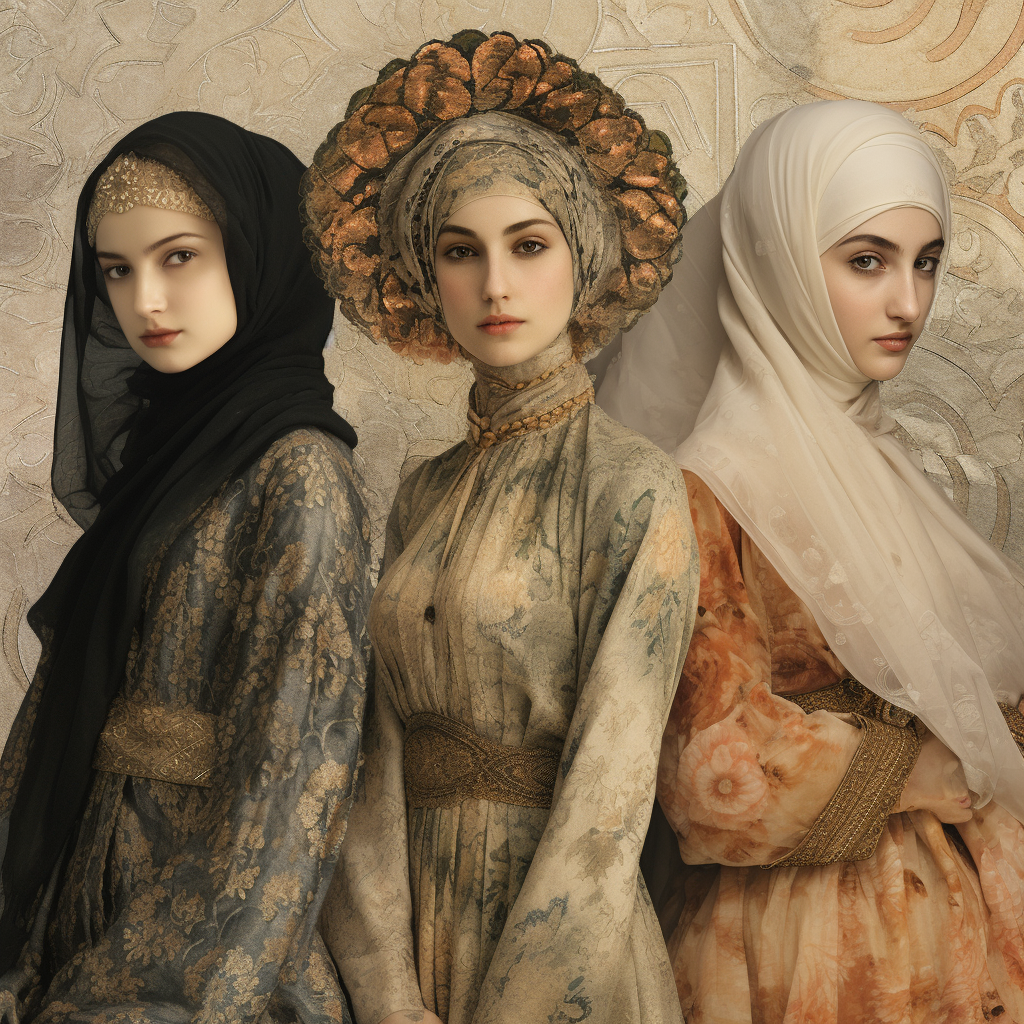Islamic fashion has a rich history that spans centuries and continents, blending tradition, culture, and religion in a unique and dynamic way. From the intricate designs of Ottoman embroidery to the elegant simplicity of the abaya, Islamic fashion has evolved over time, reflecting the diverse tastes and styles of Muslim communities around the world.
One of the earliest forms of Islamic fashion can be traced back to the 7th century, with the introduction of Islam in Arabia. Muslim clothing at the time was simple and modest, designed to reflect the values of chastity and piety. Over time, as Islam spread throughout the world, it took on new forms and influences, incorporating elements of local cultures and traditions.
In the Ottoman Empire, for example, Islamic fashion was characterized by ornate and colorful designs, featuring intricate embroidery, bold patterns, and luxurious fabrics. In Indonesia, Islamic fashion was influenced by the local batik style, incorporating intricate patterns and vibrant colors. And in modern times, Islamic fashion has embraced Western trends and technologies, creating new forms of hijabs, abayas, and other clothing items that blend tradition and innovation.
Today, Islamic fashion is a vibrant and thriving industry, with designers and brands from all over the world creating beautiful and unique clothing items for Muslim women and men. Whether it's the stylish abayas of Dubai, the colorful hijabs of Indonesia, or the trendy modest wear of London and New York, Islamic fashion is a celebration of diversity, creativity, and tradition.
